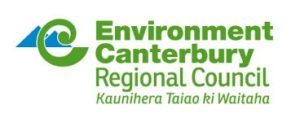5.2 Ranginui
Wāhi Tuarima | Part 5
Ngā Take ā-rohe Me Ngā Kaupapa | Regional Issues and Policy
5.2 Ranginui [R]
Air is viewed as a taonga derived from Ranginui (the Sky Father). Ranginui is the sky, husband of Papatūānuku and father of her earthly progeny. Ranginui is adorned by celestial bodies such as the moon and stars, and is associated with life and light. From Ranginui’s union with Papatūānuku came the offspring, who were responsible for creating the elements that constitute our world and environment today.
As with other taonga, the mauri, or life supporting capacity, of air must be protected, and air must be used with respect and passed on to the next generation in a healthy state.
Ngā Paetae | Objectives
(1) To protect the mauri of air from adverse effects related to the discharge of contaminants to air.
(2) Ngāi Tahu are involved in regional decision-making on air quality issues.
Ngā Take | Issues of Significance
- R1: Discharge to air
- R2: Cultural amenity
- R3: Climate change
- R4: Airwave rights
- R5: Electromagnetic radiation
R1: Discharge to Air
Issue R1: The discharge of contaminants to air can have adverse effects on Ngāi Tahu values such as mauri, mahinga kai, wāhi tapu, wāhi taonga and marae, and the health of our people and communities.
Ngā Kaupapa / Policy
R1.1 To protect the mauri of air from adverse effects associated with discharge to air activities.
R1.2 To require that the regional council recognise and provide for the relationship of Ngāi Tahu with air, and the specific cultural considerations for air quality, including the effects of discharge to air activities on sites and resources of significance to tāngata whenua and the protection of cultural amenity values (see Issue R2).
R1.3 To ensure that regional policy enables tāngata whenua to identify particular sites and places of cultural significance as sensitive environments, to protect such sites from the cultural and environmental effects of the discharge activity.
R1.4 To support the use of indigenous plantings and restoration projects as a means to offset and mitigate industrial, agricultural and residential discharges to air.
He Kupu Whakamāhukihuki / Explanation
The discharge of contaminants to air can have adverse effects on sites or resources of significance to tāngata whenua, or the values associated with them. The deposition of air pollutants onto mahinga kai, wāhi tapu or marae will require specific consideration in regional policies on air. Air pollution can adversely affect the ability to smell the sea, hear the waves, or have undisturbed celestial darkness. It can compromise the ability to enjoy and appreciate natural and cultural landscapes, including views of important landmarks such as maunga. Discharge activities associated with topdressing, herbicide application, crematoriums or the spray irrigation of effluent can also have specific cultural effects and may be inappropriate in particular locations, such as near marae or a wāhi tapu site. Discharges can also affect the health and well-being of our people and communities.
R2: Cultural Amenity Values
Issue R2: Protection of cultural amenity values such as celestial darkness.
Ngā Kaupapa / Policy
R2.1 To support the use of light suppression or limitation measures to protect celestial darkness values in some areas.
R2.2 To require that the regional council recognise and provide for the relationship of Ngāi Tahu with air, and the specific cultural considerations regarding air quality, including the protection of cultural amenity values.
R2.3 To require that local authorities recognise that some discharge to air activities may have particular adverse effects on Ngāi Tahu cultural values, including marae and wāhi tapu.
He Kupu Whakamāhukihuki / Explanation
Amenity values are those natural or physical qualities and characteristics of an area that contribute to people’s appreciation of its pleasantness, aesthetic coherence and cultural and recreational attributes (RMA s.2). The ability to smell the sea, have a clear view of important maunga or maintain a safe and healthy cultural space around marae are cultural amenity values associated with clean air.
Celestial darkness is a cultural amenity value associated with air. Increased lights from development activity such as subdivisions can affect celestial darkness. Celestial darkness is important during the tuna season at sites such as Te Roto o Wairewa. Lights shine into the tuna drains and affect the ability of tāngata whenua to catch tuna. Light pollution can also affect the use of stars to signal the start of the tuna heke.
Protecting cultural amenity values also requires controlling the discharge of contaminants to air (Issue R1). For example, locating a crematorium near a site of historic, traditional or spiritual significance would be culturally inappropriate.
R3: Climate Change
Issue R3: Climate change could have significant impacts on the relationship of Ngāi Tahu and their culture and traditions with their ancestral land, water, sites, wāhi tapu and other taonga.
Ngā Kaupapa / Policy
R3.1 To work with Te Rūnanga o Ngāi Tahu to contribute the local views of Papatipu Rūnanga to regional and national climate change policies and processes.
R3.2To support and contribute to the development of tribal policy concerning climate change.
R3.3 To require that local authorities recognise and provide for the potential effects of climate change on resources and values of importance to Ngāi Tahu, for example:
(a) Effects of sea level rise on coastal marae and coastal wāhi tapu, including urupā;
(b) Increased salination of rivers and hāpua, affecting mahinga kai resources and customary use;
(c) Warming of oceans and effects on marine ecosystems, including those on the sea floor;
(d) Changes to the amount of rainfall, and effects on aquifer recharge;
(e) Lake management regimes, including the opening of Te Waihora and Te Roto o Wairewa to the sea; and
(f) Changes to the habitats of indigenous flora and fauna, including taonga species.
R3.4 To support the reduction of emissions as a response to climate change, including but not limited to:
(a) Urban planning to reduce transport emissions;
(b) Use of solar water heating and similar measures to reduce energy use; and
(c) Improved farming practices to reduce emissions.
R3.5 Climate change legislation associated with forests and carbon credits should promote, encourage and reward the protection and restoration of indigenous forest.
R3.6 Restoration planning for wetlands and lagoons must take into account the potential for future sea level rise associated with climate change.
He Kupu Whakamāhukihuki / Explanation
Climate change has the potential to have significant effects on sites and resources of cultural importance, particularly in coastal regions where many wāhi tapu and marae are located. Coastal erosion, sea level rise and changes to the productively of inshore fisheries are all potential effects of climate change that will have a direct and significant impact on tāngata whenua. Less rainfall and drier patterns of weather would result in changes to the depth and flow of the region’s rivers and therefore the ability of tāngata whenua to access mahinga kai. Climate change is also an important consideration for Ngāi Tahu efforts to restore degraded lake environments, such as Te Roto o Wairewa and Te Waihora.
At a local level, it is critical that the particular effects of climate change on tāngata whenua are recognised and that Ngāi Tahu are meaningfully involved in the development of climate change policy. This is particularly important with regard to the identification of measures to offset or mitigate the impacts of climate change. For example, climate change policy on afforestation and carbon credits can provide opportunities to protect and restore indigenous forests on the landscape.
Cross reference:
» Section 6.10, Issue W8 (Climate Change and Te Roto o Waiwera)
R4: Airwave Rights
Issue R4: Māori have an interest in the right to access and allocation of radio frequencies.
Ngā Kaupapa / Policy
R4.1 To recognise and uphold the Waitangi Tribunal findings that: (1)
(a) The electromagnetic spectrum is a taonga and neither of the Treaty partners can have monopoly rights to this resource;
(b) The spectrum is a resource that cannot be possessed by one person or one group, only used by them;
(c) The available right is a right of access, shared with all members of the human race;
(d) Tribal rangatiratanga gives Māori a greater right of access to radio frequencies than the general public, and especially when it is being used for the protection of the taonga of the language and the culture; and
(e) Māori must be involved in decisions on appropriate allocations of radio frequencies.
He Kupu Whakamāhukihuki / Explanation
In 1986 and 1990 two claims (Wai 26 and Wai 150) were lodged with the Waitangi Tribunal regarding Māori interests in radio frequencies. The claims sought findings that Māori have rangatiratanga over the allocation of radio frequencies, and that Crown plans to seek tenders for 20 year rights to AM and FM radio frequencies would breach the Treaty of Waitangi and be prejudicial to the interests of Māori. Central to the claims was that the use of the radio spectrum was so intimately tied up with the use of Māori language and culture, and the protection and development of these things, that Māori must have a guaranteed right of access to it. In November 1990, the Tribunal concluded that the claim was well founded. Policy R4.1 sets out the findings of the Tribunal.
R5: Electromagnetic Radiation
Issue R5: Potential risks to human health as a result of electromagnetic radiation.
Ngā Kaupapa / Policy
R5.1 To highlight the potential risk to the health of our people and communities as a result of electromagnetic radiation sourced from overhead transmission lines and cell phone towers (and other) and to recognise this risk when considering the placement of these.
R5.2 To require a precautionary approach to electromagnetic radiation regarding its possible effects on human health. This means that unknown effects do not mean no effects; and that protecting human health and taking preventative action before certainty of harm is proven must be the basis of decision making.
He Kupu Whakamāhukihuki / Explanation
Electromagnetic radiation from overhead transmission lines and cell phone towers poses a risk to human health. It is critical that this risk is recognised in policy and planning, and that a precautionary approach is adopted as a basis of decision making.
END NOTES / REFERENCES
Waitangi Tribunal. 1990. Report of the Waitangi Tribunal on Claims Concerning the Allocation of Radio Frequencies.








